Here is a working example that combines data from the question with a file of countries and region information from Github. H/T to Luke Duncalfe for maintaining the region data, which is:
...a combination of the Wikipedia ISO-3166 article for alpha and numeric country codes and the UN Statistics site for countries' regional and sub-regional codes.
regionFile <- "https://raw.githubusercontent.com/lukes/ISO-3166-Countries-with-Regional-Codes/master/all/all.csv"
regionData <- read.csv(regionFile,header=TRUE)
textFile <- "rowID|country|gdp|suicideRate
1|Afghanistan|2129.|6.4
2|Albania|12003.|5.6
3|Algeria|11624.|3.3
4|Angola|7103.|8.9
5|Antigua and Barbuda|19919.|0.5
6|Argentina|20308.|9.1
7|Armenia|10704.|5.7
8|Australia|47350.|11.7
9|Austria|52633.|11.4
10|Azerbaijan|14371.|2.6"
data <- read.csv(text=textFile,sep="|")
library(dplyr)
data %>%
left_join(.,regionData,by = c("country" = "name"))
...and the output:
rowID country gdp suicideRate alpha.2 alpha.3 country.code
1 1 Afghanistan 2129 6.4 AF AFG 4
2 2 Albania 12003 5.6 AL ALB 8
3 3 Algeria 11624 3.3 DZ DZA 12
4 4 Angola 7103 8.9 AO AGO 24
5 5 Antigua and Barbuda 19919 0.5 AG ATG 28
6 6 Argentina 20308 9.1 AR ARG 32
7 7 Armenia 10704 5.7 AM ARM 51
8 8 Australia 47350 11.7 AU AUS 36
9 9 Austria 52633 11.4 AT AUT 40
10 10 Azerbaijan 14371 2.6 AZ AZE 31
iso_3166.2 region sub.region intermediate.region
1 ISO 3166-2:AF Asia Southern Asia
2 ISO 3166-2:AL Europe Southern Europe
3 ISO 3166-2:DZ Africa Northern Africa
4 ISO 3166-2:AO Africa Sub-Saharan Africa Middle Africa
5 ISO 3166-2:AG Americas Latin America and the Caribbean Caribbean
6 ISO 3166-2:AR Americas Latin America and the Caribbean South America
7 ISO 3166-2:AM Asia Western Asia
8 ISO 3166-2:AU Oceania Australia and New Zealand
9 ISO 3166-2:AT Europe Western Europe
10 ISO 3166-2:AZ Asia Western Asia
region.code sub.region.code intermediate.region.code
1 142 34 NA
2 150 39 NA
3 2 15 NA
4 2 202 17
5 19 419 29
6 19 419 5
7 142 145 NA
8 9 53 NA
9 150 155 NA
10 142 145 NA
At this point one can decide whether to use the region, sub region, or intermediate region and convert it to a factor.
We can set region to a factor by adding a mutate() function to the dplyr pipeline:
data %>%
left_join(.,regionData,by = c("country" = "name")) %>%
mutate(region = factor(region)) -> mergedData
At this point mergedData$region is a factor.
str(mergedData$region)
table(mergedData$region)
> str(mergedData$region)
Factor w/ 5 levels "Africa","Americas",..: 3 4 1 1 2 2 3 5 4 3
> table(mergedData$region)
Africa Americas Asia Europe Oceania
2 2 3 2 1
Now the data is ready for further analysis. We will generate a table of average suicide rates by region.
library(knitr) # for kable
mergedData %>% group_by(region) %>%
summarise(suicideRate = mean(suicideRate)) %>%
kable(.)
...and the output:
|region | suicideRate|
|:--------|-----------:|
|Africa | 6.1|
|Americas | 4.8|
|Asia | 4.9|
|Europe | 8.5|
|Oceania | 11.7|
When rendered in an HTML / markdown viewer, the result looks like this:

